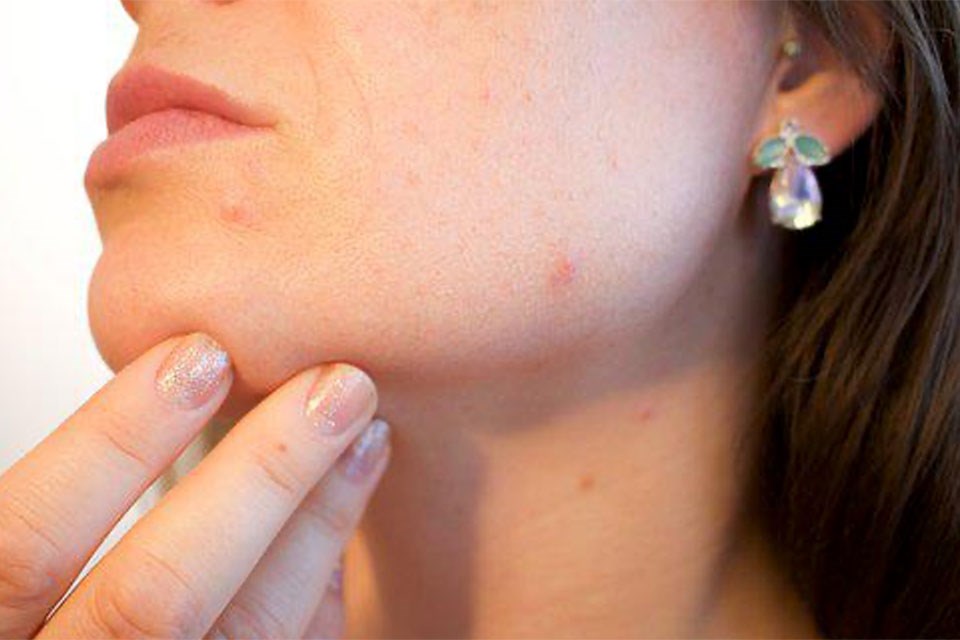Taking time to take care of your skin is important. Experts, doctors and dermatologists advise skin checks on a regular basis to seek out any possible changes. Understanding your own skin, and knowing what is normal and usual for you is the first step in detecting something out of the ordinary and possible signs of skin cancer. How should you inspect your skin, and what are the signs you should be looking for?
How to Inspect Your Skin
The inspection is not difficult. All that is needed is a mirror in a well-lit space. Have a full length mirror for a head to toe inspection and use a hand-held mirror to get a bit closer. Have someone help you when you need to look at the really hard-to-see areas like your back, the backs of your thighs, or your scalp.
The first time you do an inspection is the time to get to know your skin. Notice moles, blemishes, birthmarks or freckles. Notice as much as you can so that you will be aware of any changes the next time.
Look at all of your body with equal attention. Go from head to toe. Start with your face and scalp, and look at the nose, lips, mouth, ears and neck. Then check your hands and arms. Look at the palms, between the fingers, fingernails, wrists, elbows and upper arms, and front and back of forearms. Next, examine your chest, lifting your breasts to inspect beneath. Finally, check the skin on your back, buttocks and the backs of your legs, finishing with the rest of your legs, your genitals and your feet.
What Should You Be Looking For?
Inspect your skin for changes. There are three types of skin cancer and they can appear anywhere on the body, not just areas that get a lot of sun. The Mayo Clinic says:
- Notice any new spots or bumps on your skin, or any moles that seem to be growing, changing or changing colour.
- Look at other growths like warts or moles that change shape, or are odd shapes to begin with.
- Notice any rough scaly red patches that seem concerning, or any sores that suddenly bleed or sores that seem to heal but return.
Keep Track of the Changes
Make notes with pen and paper and take photographs of any areas that you would like to remember so you can know if it has changed the next time you check. Try a skin and mole tracking app to make this simpler. See a dermatologist about anything that concerns you.
 This story was made possible by our Community Partners Program. Thank you Didsbury Dental for helping to expand local news coverage in Alberta. Learn more.
This story was made possible by our Community Partners Program. Thank you Didsbury Dental for helping to expand local news coverage in Alberta. Learn more.


